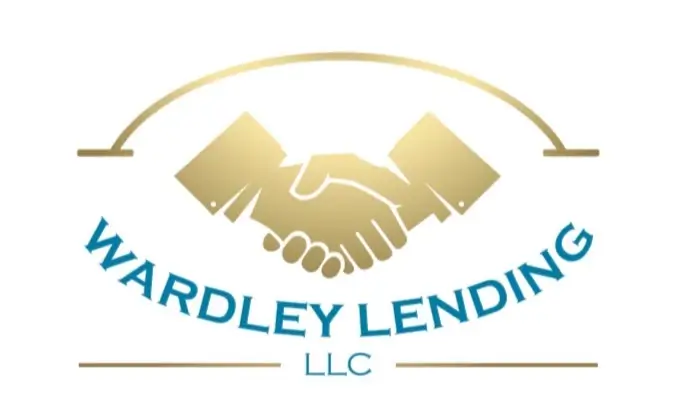

When it comes to buying a house, you have most likely heard of a 30- or 15-year mortgage, and maybe even a 20-year mortgage. Did you know there are also 40-year mortgages? In today’s market of record high prices, these long-term home loans can offer many benefits to buyers, but they do come with some risks.
The Pros
- Lower monthly payments - By stretching the costs out over 10 more years than the standard loans, 40-year loan borrowers can score lower monthly payments. For example, the payment on a 30-year fixed-rate loan for $350,000 with an interest rate of 6.5% would be $2,212, but the payment on a 40-year loan for the same amount with a 6.75% interest rate would be $2,112, a monthly savings of $100. For some first-time homebuyers that might mean the difference between actually being able to afford a home purchase and having to wait on the market sidelines.
- Improved cash flow - With those monthly savings, borrowers have more cash to pay for other life necessities or other financial investments and goals.
- Increased purchasing power - By providing lower monthly payments than on a 30-year loan, borrowers might be able to qualify for a higher loan limit. This allows them to buy a slightly higher priced home, possibly one that has more square footage or is in a better neighborhood.
- Potential tax advantages - For borrowers who itemize their taxes, a 40-year mortgage might allow them to take advantage of tax breaks on mortgage interest longer, lowering their tax liability and maximizing home loan savings.
The Cons
- Higher total interest paid - In exchange for the lower monthly payments, borrowers take on more interest charges. In the example above, the $350,000 loan for 30-years would require a total of $796,406 in interest, where the 40-year version would require $1,013,640 in interest. Borrowers need to be aware of that extra sum and decide if it is worth the upfront benefits.
- Slower equity buildup - Because the payments are spit up over a longer period of time and interest is always front loaded, it will take longer for the borrower to accrue equity in the home, which could be an issue if there is a need for a home equity loan or even a home sale in the near future.
- Potential for higher interest rates - Longer loan terms mean that it takes longer for lenders to recoup their costs which increases their risk. This results in slightly higher interest rates for 40-year mortgages than for their 30-year counterparts.
- Limited financial flexibility - A 40-year loan term will continue for many borrowers into retirement, tying up cash for the mortgage when they could be paying for things like increased healthcare costs, vacations and other retirement goals.
A 40-year mortgage can be a helpful option for homebuyers seeking lower monthly payments and improved cash flow, but it is crucial to consider the potential drawbacks, including higher total interest paid, and slower equity buildup. Buyers could consider starting with a 40-year loan and then refinancing into a short loan later when their income increases.
If you have any questions, please give us a call today!

